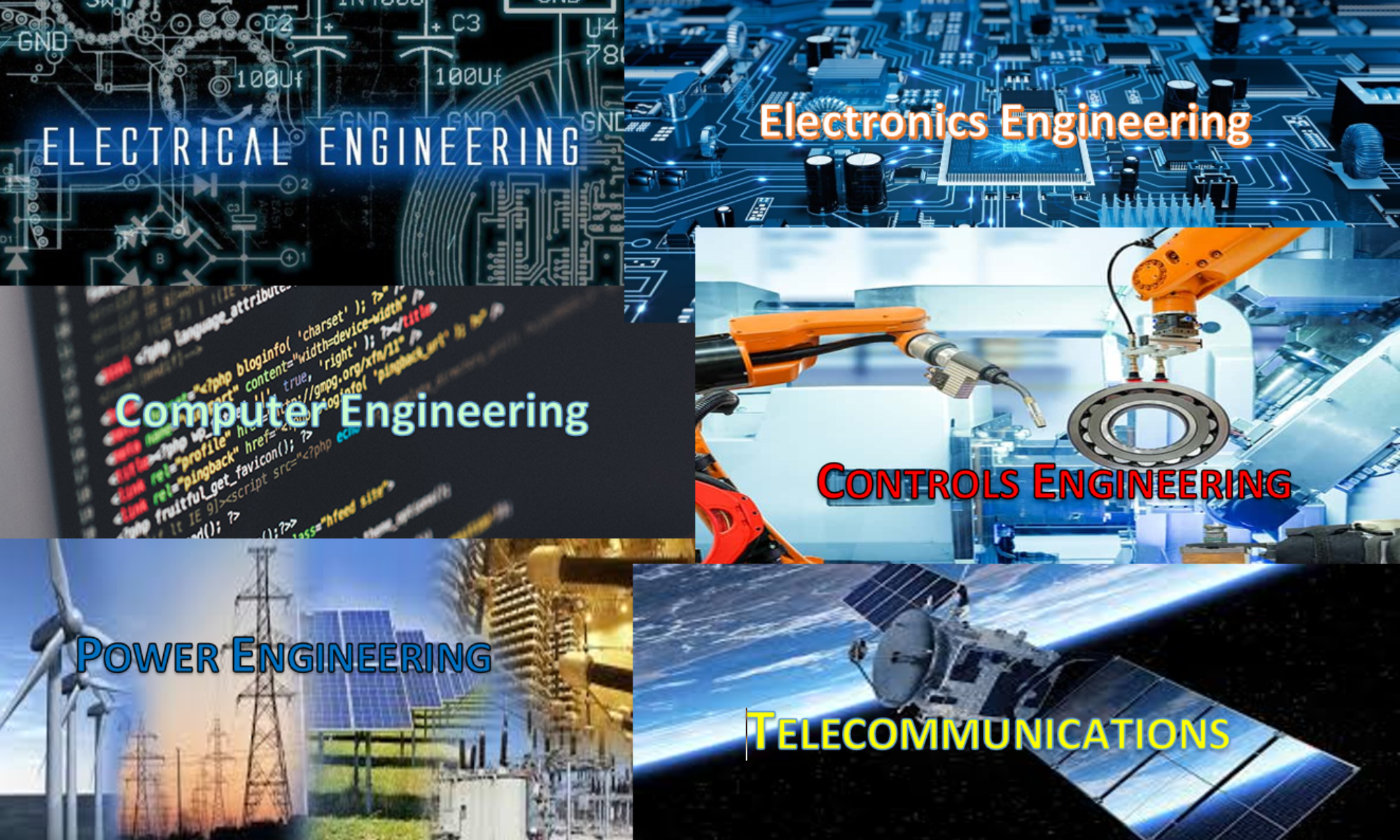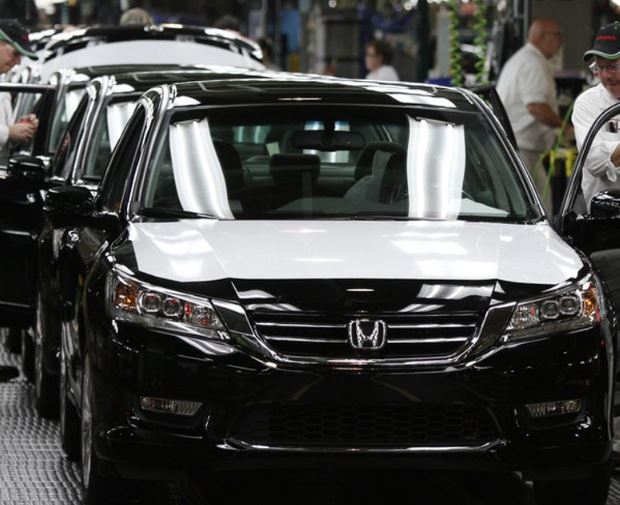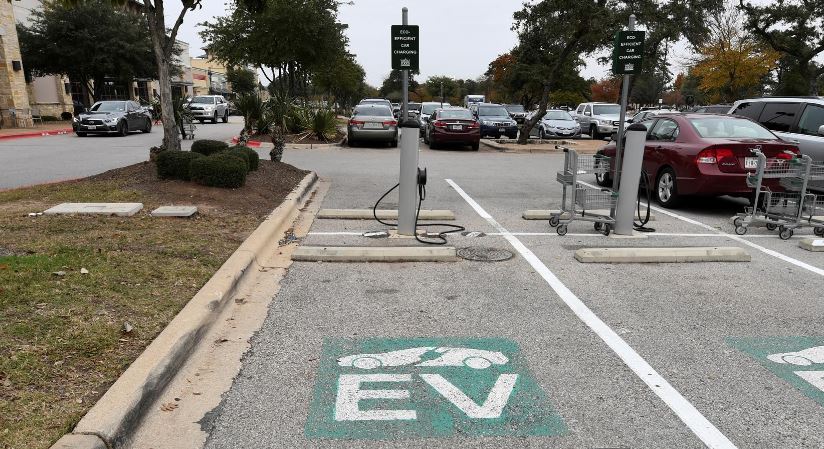
Copper prices for all imported copper into the U.S. are expected to rise as much as 50% or more due to the threat of new tariffs that are expected to begin as early as August 2025.
The electric power and electronics industries will be impacted the most with paying nearly double for copper related materials needed for new construction, new assembly, power grid improvements, maintenance replacements, and necessary repairs.





